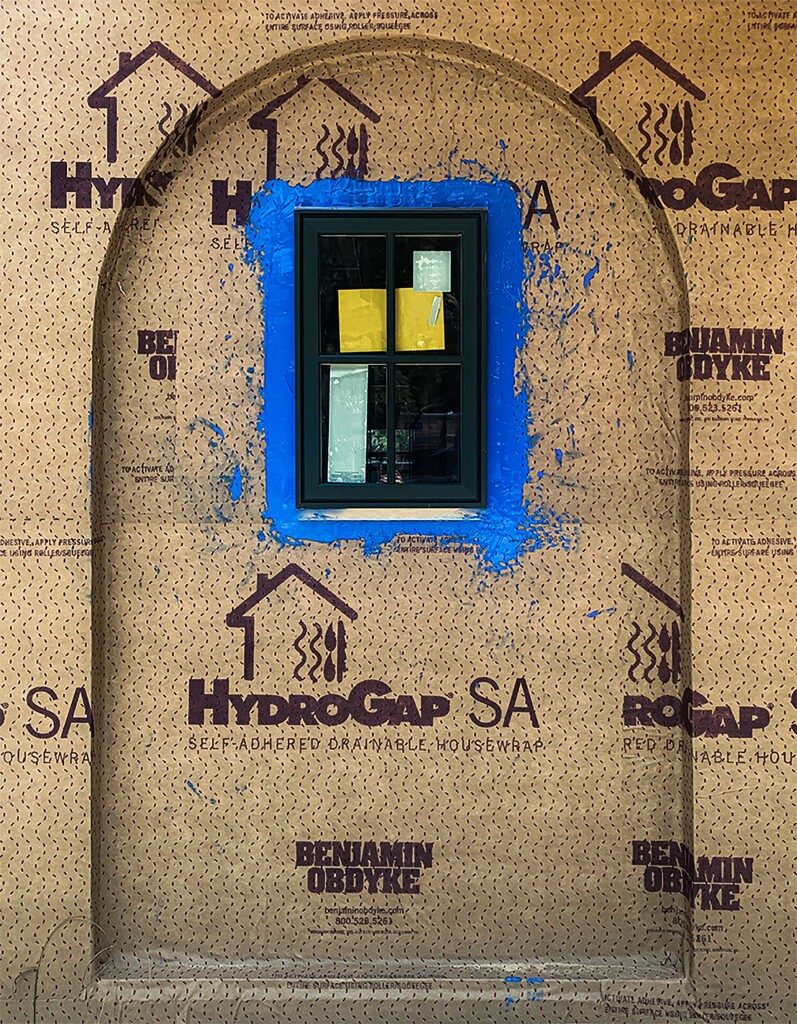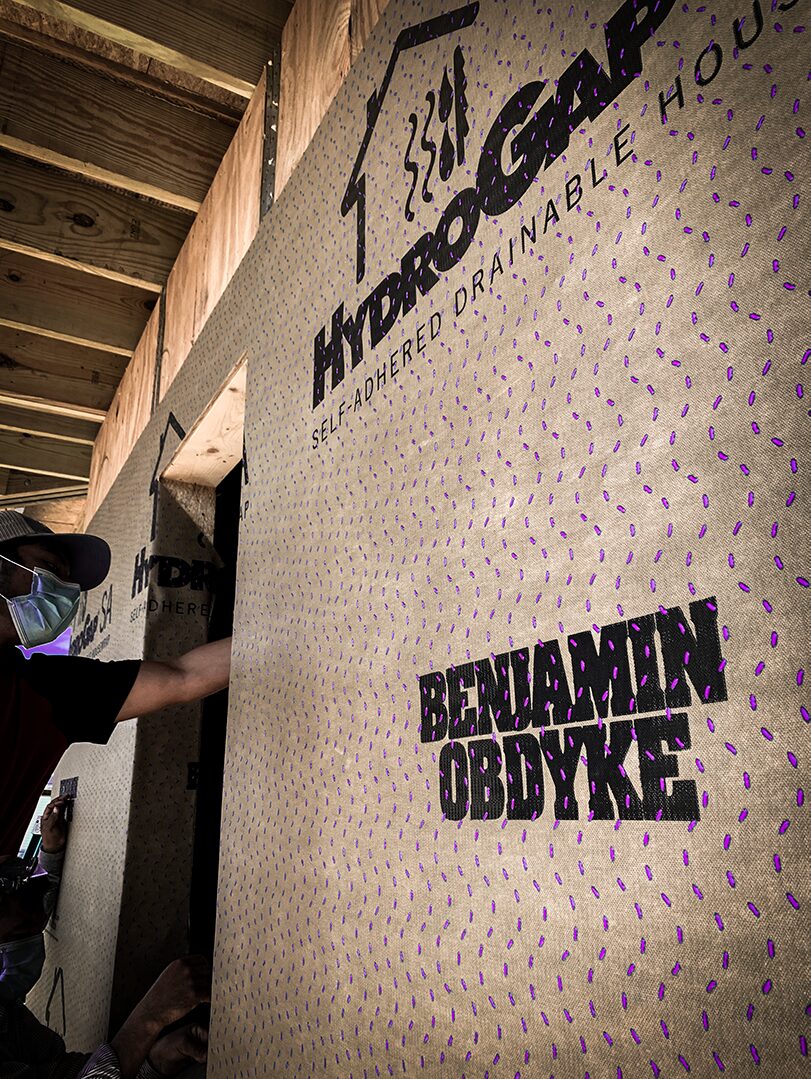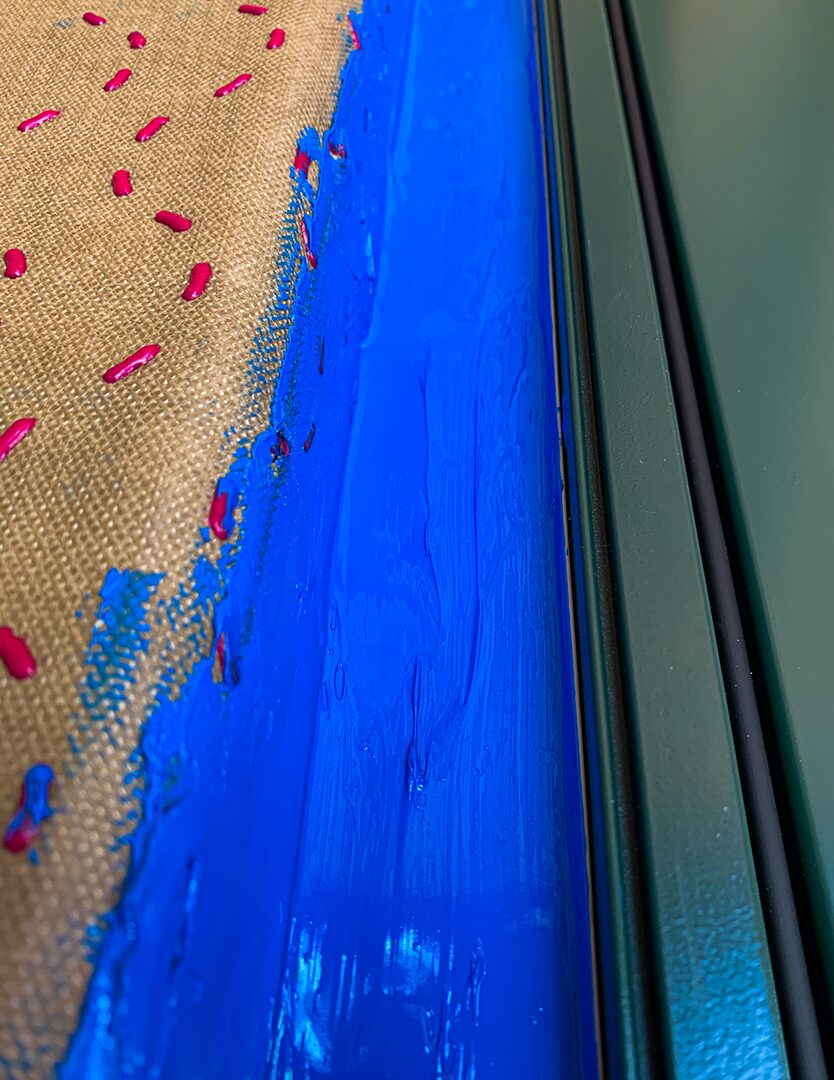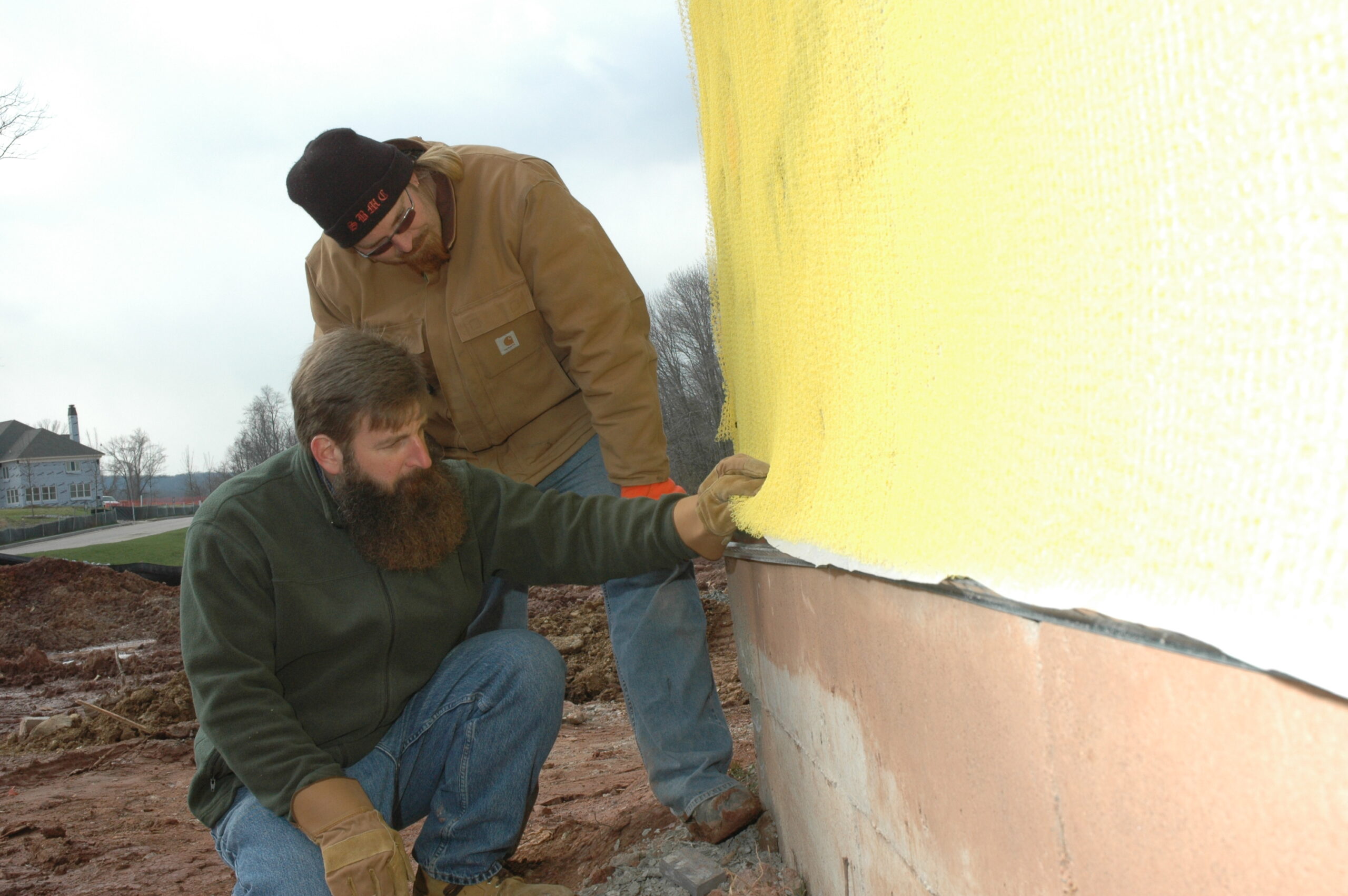Summer brings higher temperatures, humidity, and severe storms to the jobsite. When installing houewrap in summer, do contractors need to alter their approach and/or product selection? Overall, no, but there are some considerations and cautions to keep in mind for self-adhered housewrap as well as flashing.
Installing Housewrap in Summer
Temperature and humidity
Unless indicated by your product manufacturer, summer temperatures aren’t typically a concern for application of self-adhered housewrap and flashing. However, different types of adhesives will install differently in higher temperatures.
An acrylic adhesive, like that found in HydroGap SA and InvisiWrap SA, is more stable in higher and lower temperatures, so it’s easier to work with. Asphalt adhesive may drip down the wall or roof in high temperatures, and butyl—because it is rubber-based—becomes more liquid and can be challenging because it can get gooey.
Something to keep in mind is that extreme temperature swings in some climates may cause expansion and contraction of various wall materials. Therefore, it’s important to apply proper pressure to self-adhered flashing and housewraps to get the best bond possible and ensure they don’t lift as the materials around them move.
Humidity is not an issue for liquid-applied flashings that are moisture-cured. However, in dry, arid climates, you may need to introduce moisture (such as with a spray bottle) to help speed up the curing process.
UV Rays
Housewrap UV ratings are based on testing and risk assessment for full sun in hot climates. UV ratings are not seasonally applicable, so if a product is rated for 120 days, it’s safe to assume those 120 days are tested at peak exposure levels. That said, it’s always a good idea to get products covered as soon as possible. And always check manufacturer specifications and instructions for any special seasonal considerations.

HydroGap SA Samples
GET YOUR FREE SAMPLES TODAY OF THE FIRST EVER SELF-ADHERED DRAINABLE HOUSEWRAP
Installing Housewrap in Stormy Seasons
When installing housewrap in summer, rainy and windy weather can be a bigger obstacle for housewrap and flashing application.
Heavy Rains
Bulk water from flash storms leads to very wet surfaces, so self-adhered products may not stick as well if sheathing is heavily saturated from storms.
Ideally, if fast-moving summer storms come at mid-day, cover surfaces with temporary protection to keep them from getting too wet; that way crews don’t have to wait for sheathing to dry out to get back to work after the rain has passed.
Follow manufacturer’s instructions for how dry the sheathing needs to be before application. For Benjamin Obdyke self-adhered products, sheathing should be below 20% saturation level after wetting events. (A good rule of thumb: When you touch the sheathing, does water transfer in droplet form? If so, it’s too wet.)
Windy Weather
Self-adhered housewrap offers an advantage in areas with windy weather or storms because it’s less likely to billow or blow off versus mechanically fastened housewrap. However, it can take one to three days for the adhesive to fully bond, so if high winds are expected, it’s OK to add a few cap fasteners along overlaps and seams for added stability. The adhesive will self-seal around the fasteners, maintaining the air barrier.
For mechanically fastened housewrap, adding extra cap fasteners around the perimeter can provide extra protection if high winds and storms are expected.
When in doubt, always check with your manufacturer rep for advice and requirements for seasonal and climate-driven installation considerations.
Have you tried our self-adhered housewraps and flashing? Request a sample today.




